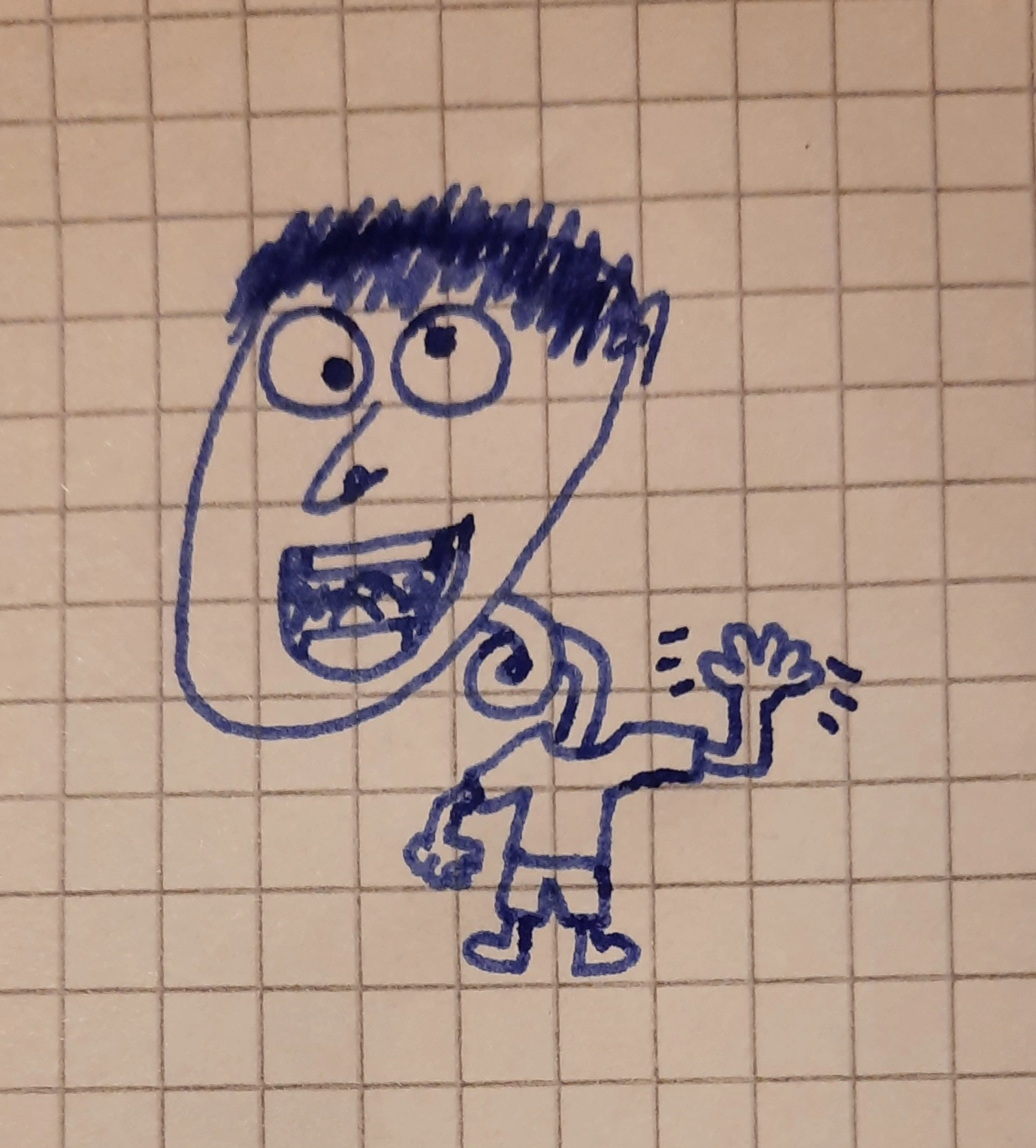Source: Copernicus DEM, OSM Lighthouses and Lighthousefriends.com
Tools: Blender, QGIS, Global Mapper, Photoshop
Description: Within Blender the author placed light sources on top of all the lighthouse points data to create a map with glow and shadow across the 3d surface model. Check out other examples on the author website: https://visualwallmaps.com/
I’ve been to some very isolated parts of Lake Superior at night and it’s still eerily dark as fuck even with the lighthouses, not to mention the spiders come out to the beach at night to join the mosquitoes and biting flies and there’s no cell signal to find your way back if you get disoriented.
Those lighthouses are so far apart that you might not see them. And I know at least one lighthouse on this map isn’t functional.
https://duckduckgo.com/?t=ffab&q=stonington+peninsula&ia=web
https://visualwallmaps.com/ if you don’t want to go on instagram.
Thank you, edited the post
This reminds me of cosmological maps of distant quasar groupings, making structures much larger than theory can currently explain, like the Sloan Great Wall, or the Hercules-Corona Borealis Great Wall.




